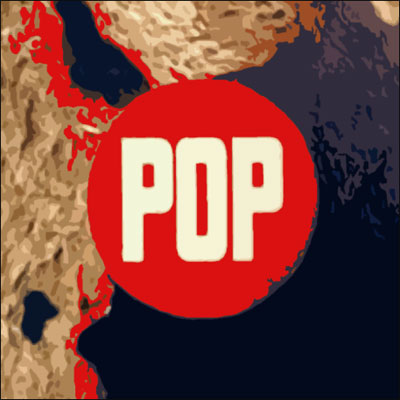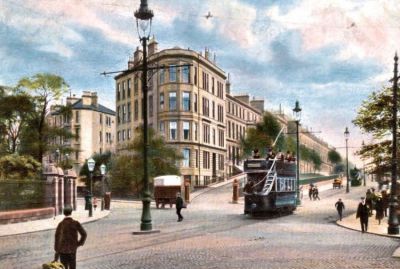

#76: MATT BERRY
"Are You Being Served?"
from the album Television Themes
Released: October 2018
This
is a substitute track, substituting for a time when I prefer to imagine
I was properly and completely looked after with nothing to fear, isn't
that a tautological cliché,
shut up and get on with it. The real work was co-composed and directed
by Ronnie Hazlehurst and to me it still sounds like a snatched-away
future, an awkward twelve-bar cha-cha with a cash register for
percussion, a comforting pair of slippers of a unison horn section
(closely-voiced flügelhorn and alto sax), and a jet stream of a Korg string synthesiser indicating another and hopefully better century.
Over the flight path spires of tomorrow, or was it 1963, we hear a happy female voice engaged in subtle harmonic Sprechgesang,
reading out all the departments on each floor of the store. There are
only three stories - no basement? - but the ludicrous optimism of the
music suggests there might be three thousand. Going up, and never
looking down.
That
was the future once upon a time and that dreamable feature was half a
century ago. Of all the leading actors and actresses who appeared in the
series over its thirteen years, only one - the former pre-Beatles
sixties pop star Mike Berry - now survives. Everybody else got old
and/or ill and died. That future was snatched from us. Snatched.
I
don't suppose Matt Berry (not, I think, a relation)'s rendition of the
show's theme was ever intended to be more than an amusing variant, but
it is in circulation, unlike the Hazlehurst (and David Croft) original
which remains under BBC lock and key in all its forty-five perfect
seconds. Matt Berry's version extends to two minutes and twenty-two
seconds and there is some extemporising (mainly with the bass guitar).
It is in a different key to the original and the voice which reads out
the information doesn't quite gel with the music. In addition the rhythm
underlines the original cash register undertow a little too squarely.
Yet
there remains this dim light of the future, perhaps related to one of
the many lucid dreams which I experienced while a long-term hospital
inpatient during the spring and summer of 2018. I was on this huge
aeroplane. It was 1963. We were slowly coming in to land. Brisk, bright
light orchestral music issued from the speakers. Placid stewardess
announcements, the wording of which I cannot now precisely recall.
It
looked as though we were actually flying in from space. We permeated
the Earth's atmosphere. So many houses, built so high up, higher than
Everest but it was only Birmingham. Art deco blocks of flats so high
above the ground that they were permanently snowed in. I wondered how
the Earth could possibly support so much elevated architecture.
We
moved closer towards a recognisable city, or at least airport (perhaps
Heathrow). The sun was rising, the sky was pink and hopeful, the view
beneath me clear and invigorating. Everything was attainable, let alone
possible. All the passengers looked forward to the prospect of forward.
I
looked up the composers of the airborne music on a database provided
with the DVD box set*. Two women, born in 1910 and 1913 respectively,
both apparently still alive in 2018.
I will be getting back to those pellucid dreams.
*What DVD box set? Oh, the one of the imaginary film for television that I dreamed in 2018...
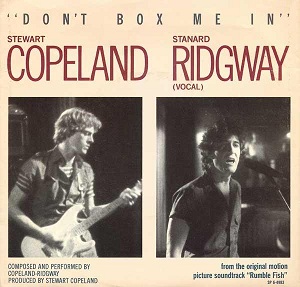
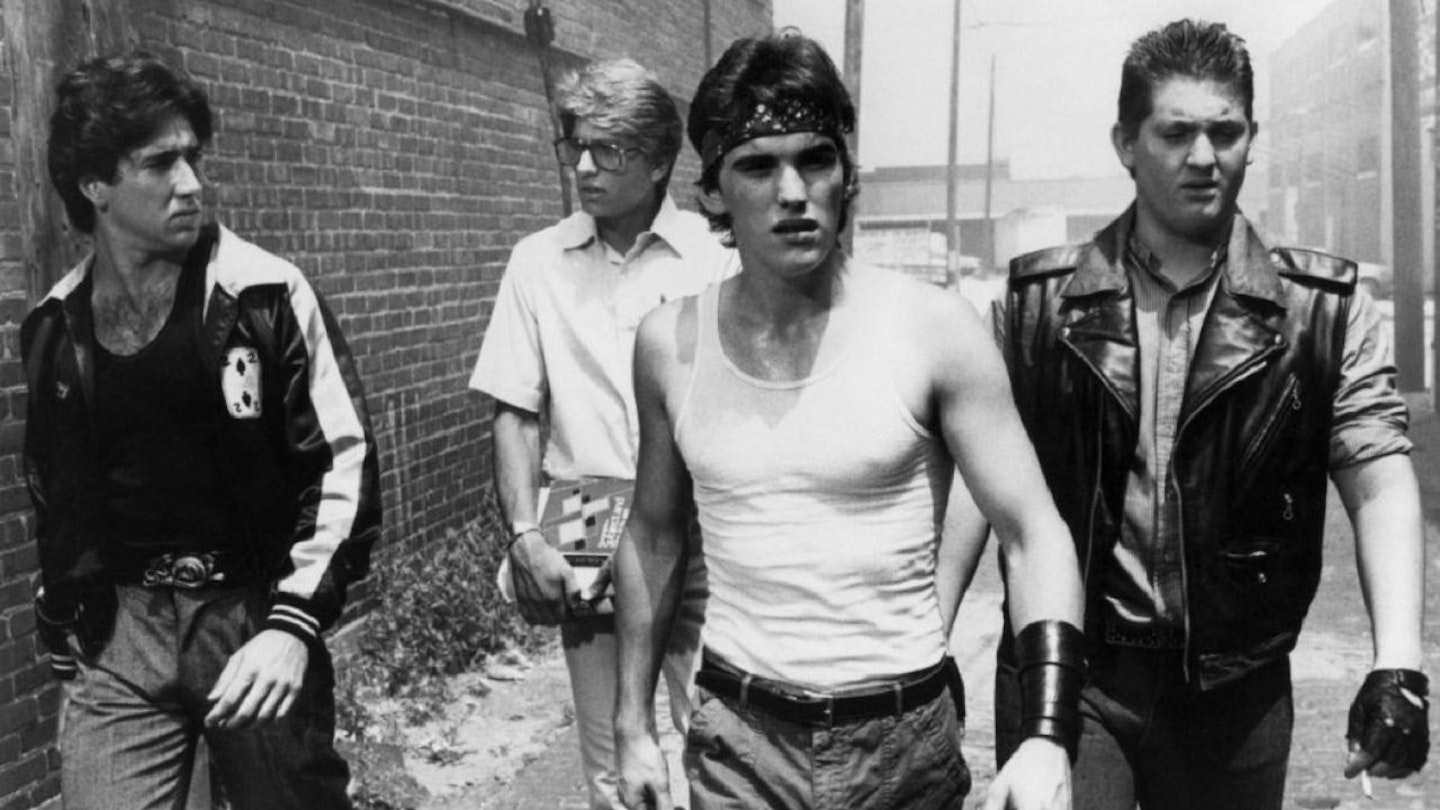


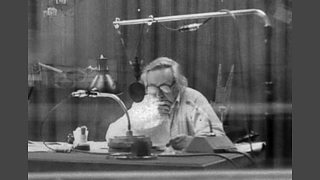
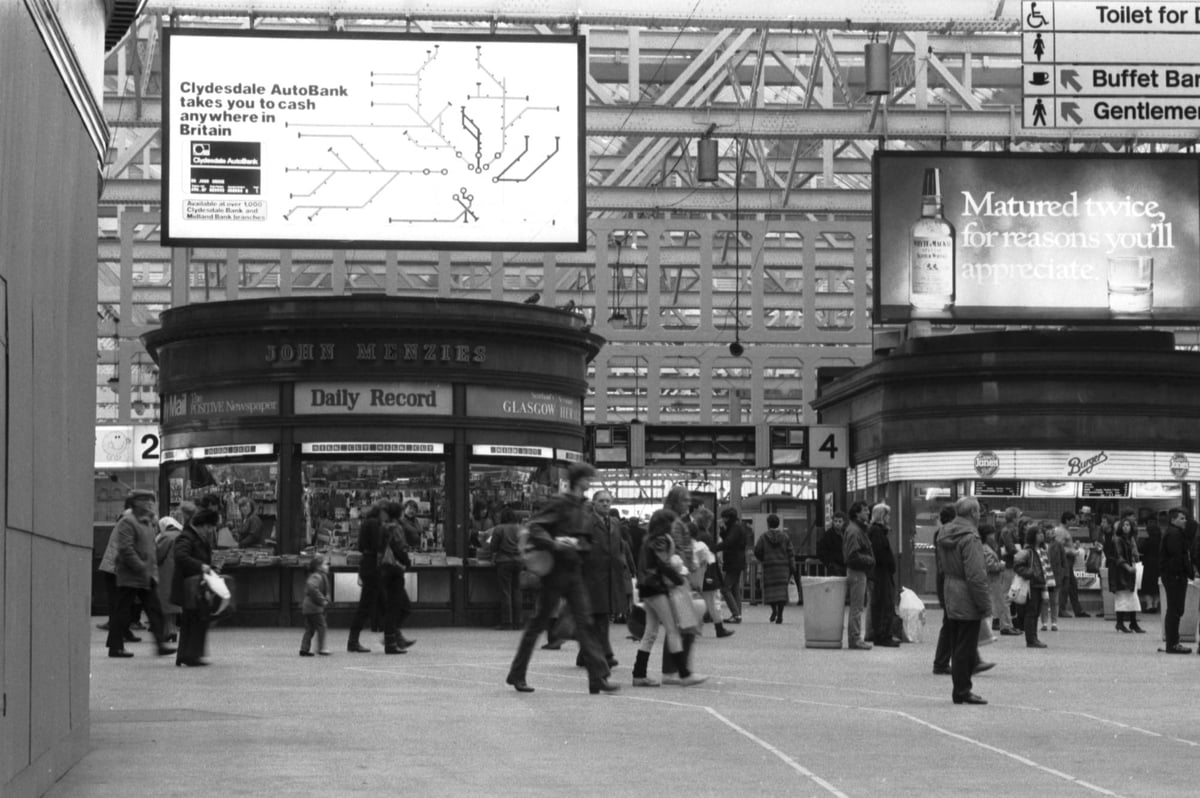




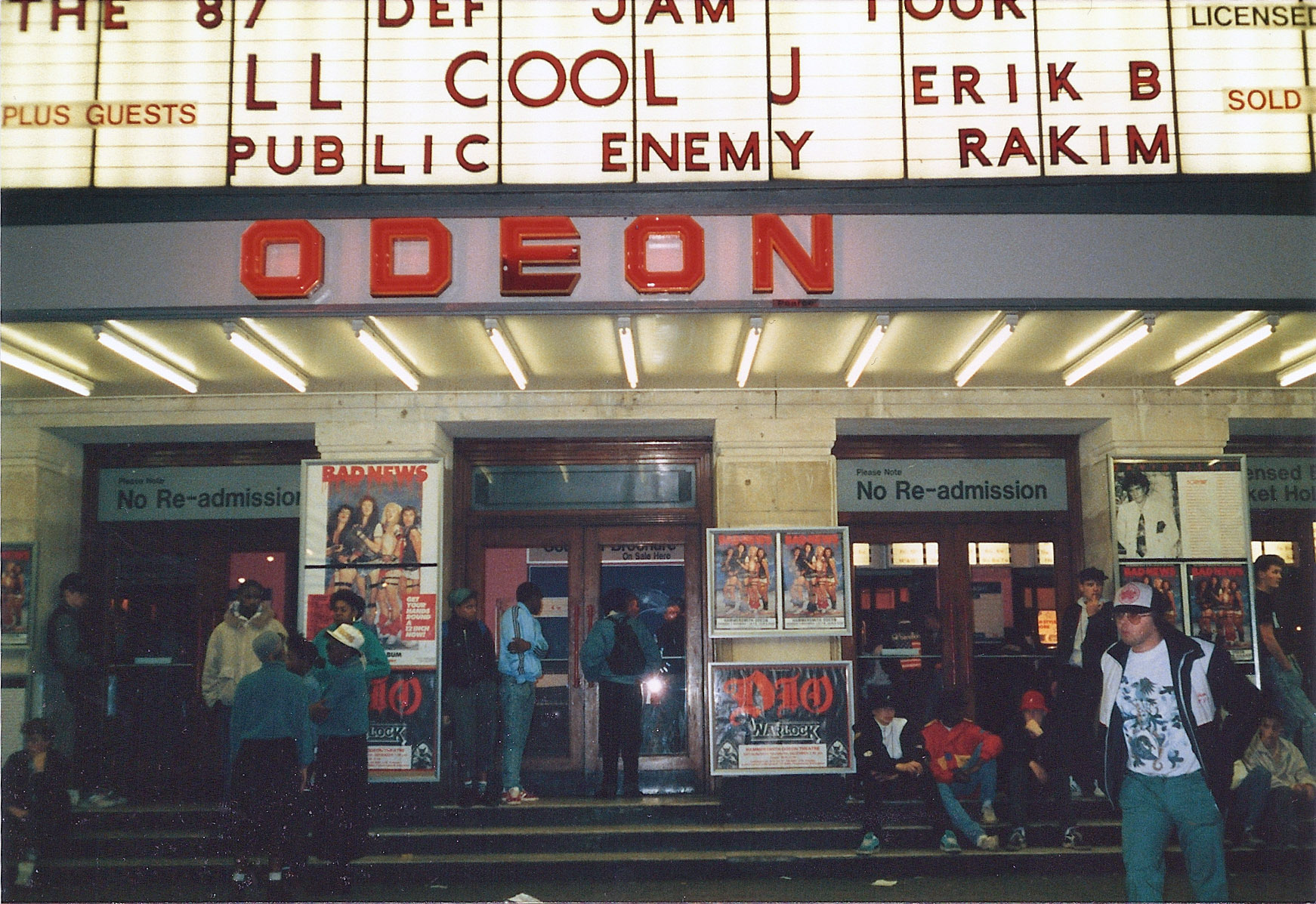

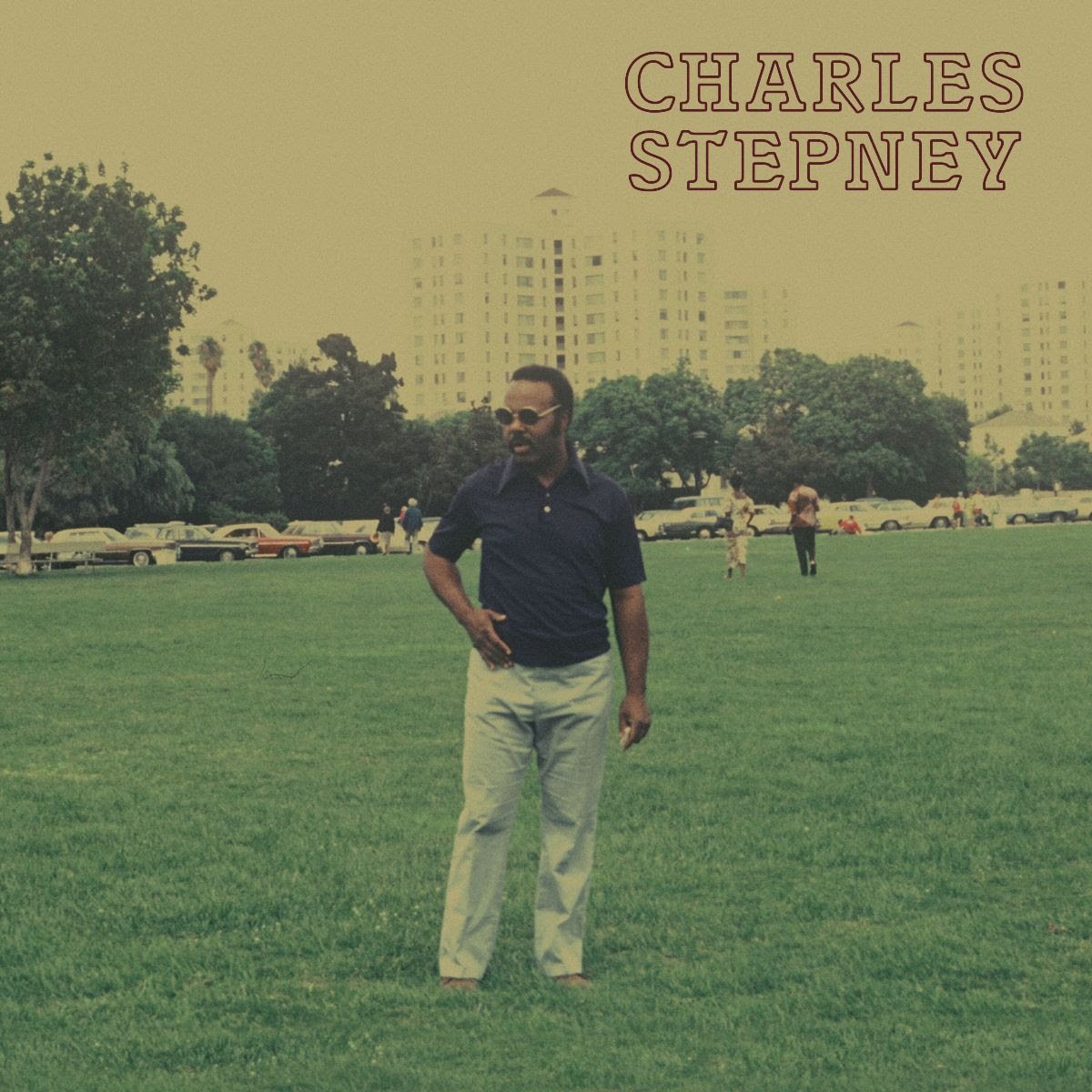



:max_bytes(150000):strip_icc():focal(722x165:724x167)/kendrick-lamar-super-bowl-lix-halftime-show-new-orleans-021025-2-78fdf2f7cc4547609451fbbf7fe83983.jpg)





